In this comprehensive guide, we will explore the essential aspects of cladding, focusing on the materials used, the importance of regular cleaning, the tools and materials needed for the cleaning process, as well as the different types of cleaning solutions and tools available. We will delve into the specifics of cleaning different types of cladding such as vinyl, wood, metal, and brick, providing practical tips for each. We will discuss the dos and don’ts of cleaning cladding, emphasizing the importance of using the right cleaning solutions and avoiding harsh abrasives. We will highlight the steps for maintaining cladding after a thorough cleaning.
Whether you are a homeowner, property manager, or maintenance professional, this article will equip you with the knowledge and insights needed to effectively clean and maintain cladding, preserving its aesthetic appeal and structural integrity.
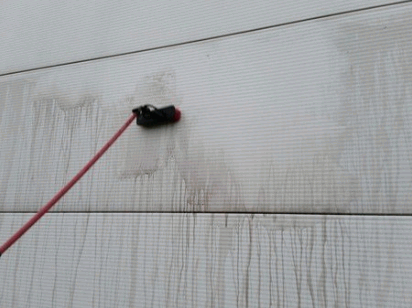
What Is Cladding?
Cladding refers to the application of one material over another to provide a protective layer for the exterior surfaces of buildings. It can be made from various materials such as wood, vinyl, aluminum, or PVC, and is used to enhance the aesthetic appeal and longevity of the structure.
Different cladding materials serve distinct purposes in construction. Wood cladding, for example, offers a natural and warm appearance while providing insulation. Vinyl and PVC cladding are low-maintenance options, and resistant to rot and insects. On the other hand, aluminum cladding is known for its durability and weather resistance. Each material contributes to the visual and structural aspects of a property, impacting its overall design, energy efficiency, and protection against external elements.
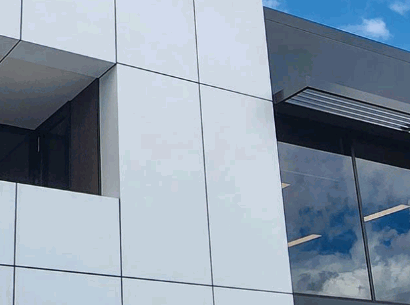
What Materials Are Used For Cladding?
Cladding materials encompass a wide range of options, including wood, vinyl, aluminum, and PVC, each offering distinct qualities and visual characteristics for enhancing the facade of buildings.
Wood cladding creates a warm and natural aesthetic, often used in traditional and contemporary architectural designs. Its versatility allows for various treatments and finishes, making it suitable for both interior and exterior applications.
Meanwhile, aluminum cladding is renowned for its durability and lightweight nature, widely preferred in modern high-rise constructions for its sleek appearance and weather resistance. PVC cladding, on the other hand, is loved for its low maintenance, color retention, and cost-effectiveness, making it a popular choice for residential and commercial projects.
Why Is It Important To Clean Cladding?
Regular cleaning and maintenance of cladding are crucial for preserving its aesthetic appeal, ensuring longevity, and safeguarding against environmental factors that can cause damage or deterioration.
This care not only enhances the visual attractiveness of the building or structure but also plays a significant role in maintaining its structural integrity. By removing dirt, grime, and pollutants, cleaning prevents the accumulation of corrosive substances that can degrade the cladding over time.
Routine cleaning helps protect the cladding from weather-related wear and tear, such as moisture build-up, UV exposure, and temperature fluctuations, ultimately contributing to its resilience against environmental degradation.
Find out more: How To Clean Window With Squeegee
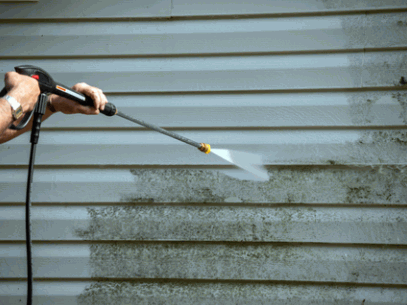
What Are The Tools And Materials Needed For Cleaning Cladding?
Cleaning cladding requires the use of specific tools and materials such as detergent, water pressure, brushes, sponges, and protective gear including gloves, goggles, and appropriate ladder or scaffolding for safe access to elevated areas.
Safety gear like helmets and harnesses should be worn to ensure protection against potential hazards. The water pressure and brushes are essential for removing dirt and debris, while sponges aid in the application of detergent for an effective clean. The use of proper access equipment such as sturdy ladders or well-maintained scaffolding is crucial to avoid accidents and ensure thorough cleaning coverage, especially for high-rise buildings. Employing these tools and safety measures is key to maintaining the cladding’s aesthetic appeal and prolonging its lifespan.
What Are The Different Types Of Cleaning Solutions?
Various cleaning solutions can be utilized for cladding, including detergent, soap, bleach, and ammonia, each offering unique techniques and benefits for addressing mildew, algae, dirt, and stains.
These solutions cater to different types of contaminants, ensuring comprehensive cleaning. Detergent is effective for general dirt and grime, while bleach is particularly useful for mold and mildew. Soap is gentle and suitable for regular maintenance, and ammonia can tackle tough stains.
It’s essential to follow manufacturer recommendations and safety guidelines when using these solutions to ensure optimal results and to protect the cladding material from damage.
What Are The Different Types Of Cleaning Tools?
Cleaning cladding requires a variety of tools, including brushes, sponges, and water pressure equipment, each serving specific purposes in the scrubbing and rinsing processes to achieve optimal cleaning outcomes.
The brushes are essential for dislodging stubborn dirt and grime from textured surfaces, while sponges are effective in gentle scrubbing and reaching tight corners.
Water pressure equipment, such as power washers, can efficiently remove accumulated debris and mold. It’s crucial to use these tools with the appropriate techniques to avoid damage to the cladding material.
Regular maintenance with these tools is essential to preserve the cladding’s appearance and structural integrity.
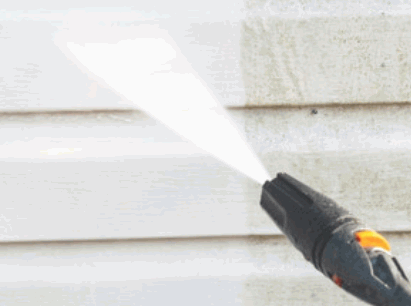
How To Clean Different Types Of Cladding?
Cleaning different types of cladding involves specific techniques tailored to the material, addressing issues such as mildew, algae, and stains to ensure thorough restoration and refurbishment.
One of the most common cladding materials, vinyl, requires gentle cleaning with a mild detergent and water solution to avoid damaging its surface. In contrast, cleaning aluminum cladding may involve using a non-abrasive cleaner to maintain its finish.
For brick and stone cladding, a combination of low-pressure washing and specialized cleaners tailored to each material’s needs is recommended. It’s crucial to select the appropriate cleaning method for each type of cladding to achieve optimal results and preserve the building’s aesthetics.
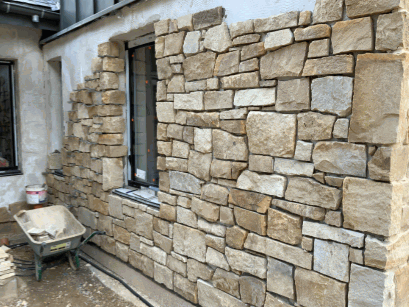
How To Clean Vinyl Cladding?
Cleaning vinyl cladding involves the use of gentle detergent, thorough scrubbing, and meticulous rinsing while ensuring the use of appropriate protective gear for safety.
Start by preparing a mixture of mild detergent and warm water. Apply the solution onto the vinyl cladding using a soft-bristled brush, ensuring to scrub gently to avoid causing any damage. Rinse the cladding thoroughly with clean water to remove any residue.
It’s essential to wear gloves and protective eyewear during the cleaning process to prevent any potential skin irritation or exposure to cleaning agents. These steps will help maintain the appearance and longevity of the vinyl cladding.
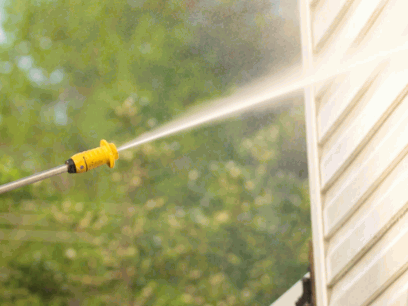
How To Clean Wood Cladding?
Cleaning wood cladding requires the use of mild soap, targeted treatments for mildew, algae, and stains, and a focus on refurbishment to maintain its natural beauty and integrity.
Regular cleaning of wood cladding involves a gentle approach to avoid damaging the wood’s surface. Using a mild soap and water solution, gently scrub the cladding to remove surface dirt and grime. For more stubborn issues like mildew, algae, or stains, targeted treatments specifically designed for wood should be used. It’s important to follow the manufacturer’s instructions for any cleaning or treatment products.
In addition to cleaning, periodic restoration and refurbishment can help to preserve the wood’s natural color and texture, keeping it looking its best for years to come.
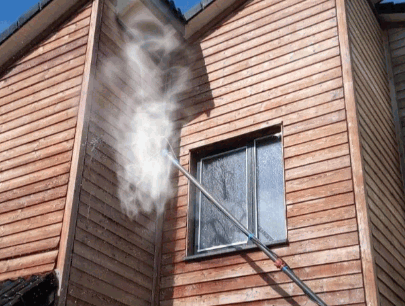
How To Clean Metal Cladding?
Cleaning metal cladding involves the use of water pressure, suitable detergents, and targeted treatments for stains, facilitating the restoration and maintenance of its pristine appearance.
Water pressure is a crucial aspect of effectively cleaning metal cladding as it helps to dislodge dirt, grime, and other contaminants. When selecting cleaning agents, it is essential to choose those specifically designed for metal surfaces to prevent corrosion.
Stubborn stains can be addressed by using specialized treatments or gently scrubbing with a soft brush. Consistent maintenance and regular cleaning can prolong the lifespan of metal cladding and ensure its longevity and visual appeal.
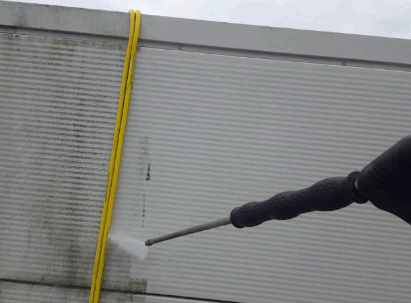
How To Clean Brick Cladding?
Cleaning brick cladding involves specific techniques for dirt and stain removal, along with refurbishment methods to ensure the preservation and revitalization of its distinctive appearance.
Approaching the cleaning process for brick cladding requires a tailored approach, considering its porous nature and susceptibility to environmental elements. Prior to cleaning, it’s essential to inspect the cladding for any signs of damage or deterioration, addressing these areas with appropriate restoration techniques.
Utilizing gentle cleaning solutions and tools, such as soft bristle brushes or low-pressure washing, can effectively remove accumulated dirt and stains without causing harm to the brick surface. Implementing protective sealants can aid in prolonging the refurbished appearance and safeguarding the cladding from future deterioration.
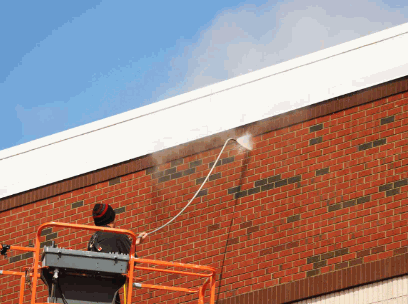
What Are The Dos And Don’ts Of Cleaning Cladding?
When cleaning cladding, it is essential to adhere to specific dos and don’ts, including the use of appropriate protective gear, safety precautions, and considerations for professional or do-it-yourself approaches.
It is crucial to start by selecting the appropriate cleaning solution based on the cladding material to avoid any damage. Utilizing soft brushes or sponges can help avoid scratches, while pressure washers should be used cautiously to prevent water from penetrating behind the cladding.
Regular maintenance and prompt removal of any mold or mildew are essential to preserve the appearance and integrity of the cladding. Whether opting for professional cleaning services or DIY methods, always prioritize safety and follow manufacturer guidelines for optimal results.
Do Use The Right Cleaning Solution
One of the crucial dos of cleaning cladding is to use the appropriate cleaning solution, such as detergent, soap, bleach, or ammonia, based on the specific requirements and material considerations.
Using the right cleaning solution ensures the removal of dirt, grime, and stains without causing damage to the cladding material. For instance, detergent is effective for regular cleaning to maintain the surface, while soap can be suitable for gentle yet thorough cleansing. Bleach is ideal for tackling mold and mildew, and ammonia is useful in removing stubborn stains. It’s essential to carefully follow the instructions for dilution and application to prevent any adverse effects on the cladding. Considering the environmental impact of the cleaning agents is also important for sustainable maintenance practices.
Don’t Use Harsh Abrasives
It is crucial to avoid the use of harsh abrasives when cleaning cladding to prevent damage and deterioration, emphasizing the significance of protective gear and safety precautions during the maintenance process.
Using harsh abrasives for cladding cleaning can lead to irreparable harm such as etching or discoloration, making it essential to opt for gentler, non-abrasive methods. Protective eyewear, gloves, and respiratory protection should be worn to shield against potential irritants and harmful particles during the cleaning process. Ensuring proper ventilation in the work area is crucial to minimize exposure to fumes and airborne particles, safeguarding both the environment and the individuals involved in the maintenance activities.
Do Test A Small Area First
Prior to extensive cleaning, it is advisable to test a small area of the cladding to assess the effectiveness of the chosen technique, especially when considering professional or do-it-yourself cleaning approaches.
This step serves as a crucial preliminary measure, allowing individuals to determine whether the selected cleaning method is suitable for the specific type of cladding without risking damage to the entire surface. By conducting a small-scale test, one can gauge the impact on different types of grime, stains, or discoloration, thus informing the decision of whether professional expertise or a DIY approach is more fitting for the task at hand.
This foresight not only helps in preserving the cladding but also aids in making informed decisions regarding time and cost-effectiveness.
Don’t Use High-Pressure Washing
Avoid utilizing high-pressure washing for cladding cleaning, as it can lead to potential damage and necessitates careful consideration of alternative techniques to prevent adverse effects on the material.
High-pressure washing poses a risk of stripping away the protective layers of the cladding, leaving it vulnerable to moisture infiltration, erosion, and discoloration. The forceful spray can cause water to seep behind the cladding, leading to structural damage and mold formation.
To mitigate these risks, consider gentler cleaning methods such as:
- Low-pressure washing
- Chemical treatments
- Steam cleaning
which effectively removes dirt and grime without compromising the integrity of the cladding. These alternative techniques ensure thorough cleaning while safeguarding the cladding against potential damage.
How To Maintain Cladding After Cleaning?
Following the cleaning process, it is essential to implement proactive maintenance measures for cladding, including regular cleaning schedules, preventive techniques, and restoration efforts to uphold its aesthetic appeal and weather resistance.
This involves scheduling routine inspections to identify any signs of deterioration, such as algae growth or discoloration, and promptly addressing them. Utilizing preventive techniques like applying protective coatings, and sealants, or using specialized cleaning solutions can significantly enhance the durability of the cladding. Having a set maintenance schedule ensures that the cladding’s surface is consistently maintained, contributing to its longevity and visual appeal.
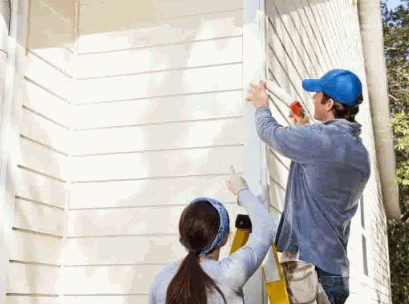

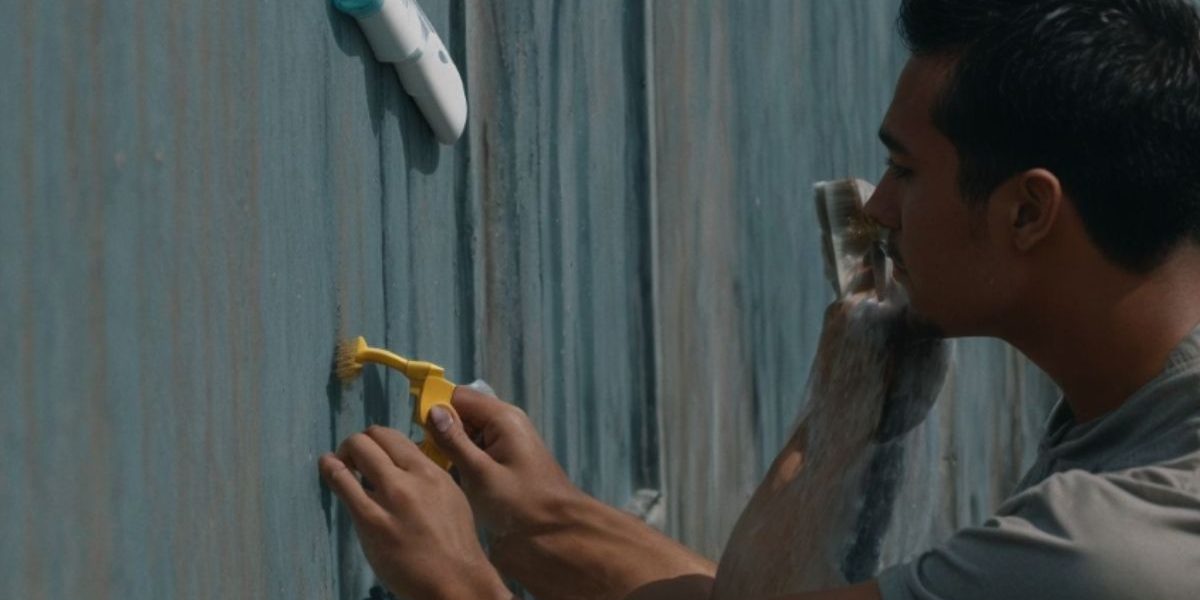
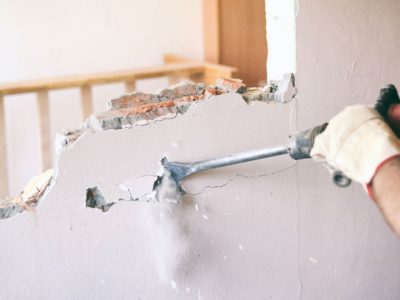
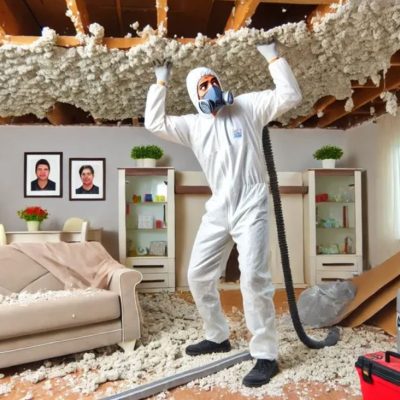
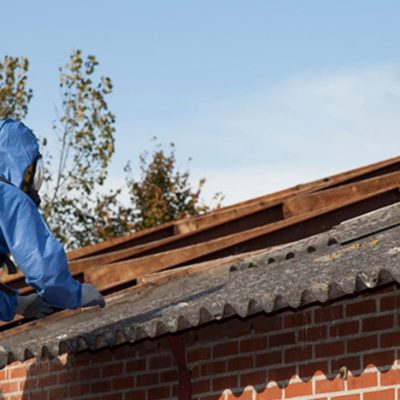
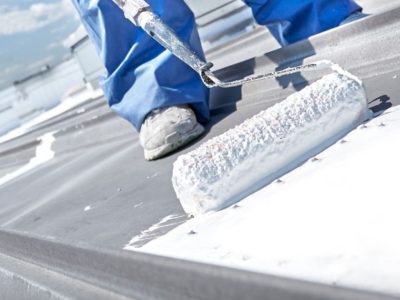
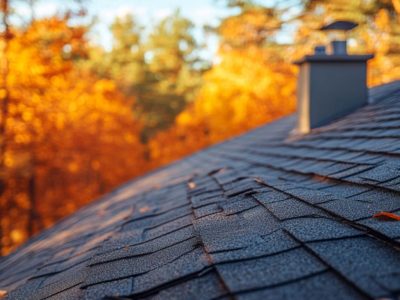
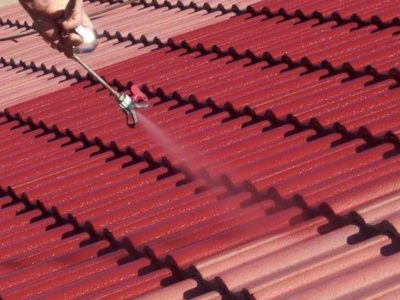

Comments